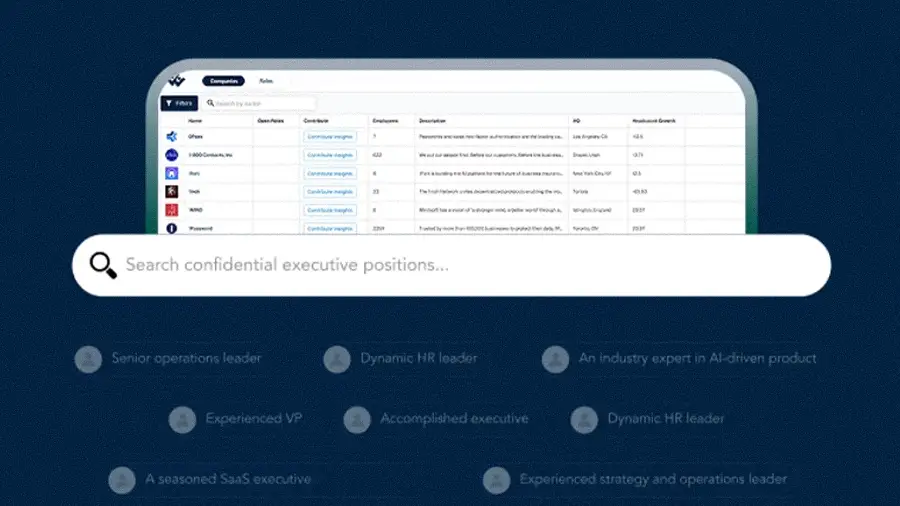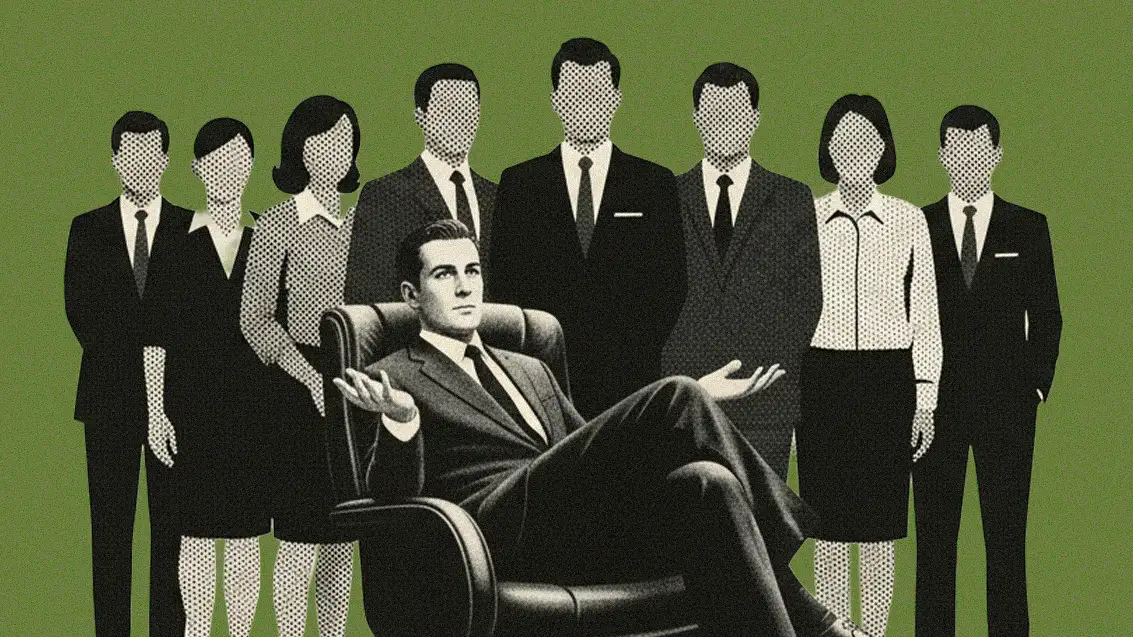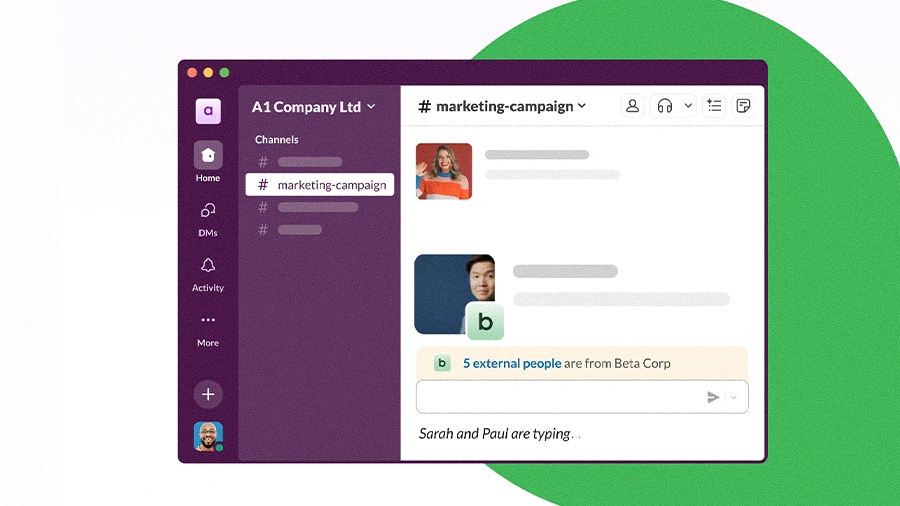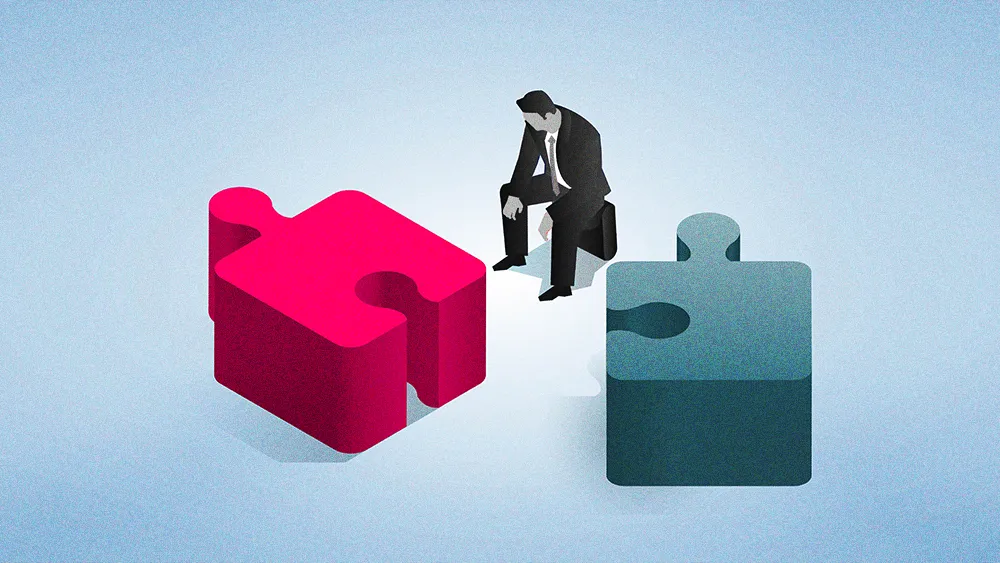Reverse-engineering Monday morning to redesign employee wellness

Key Points
Many corporate wellness programs fail due to a lack of strategic focus on employee well-being.
PromoteHR’s Gus Cavalcante discusses embedding wellness into company culture and daily operations.
Reverse-engineer the employee experience. What kind of employee do you want back at work the next day? How do we want people to feel when they come in on Monday morning, a day that already has a heavy stigma?

Gus Cavalcante
Founder
PromoteHR
Corporate wellness is awash in gym passes, LEGO stipends, and mindfulness apps. But for all the creative perks, many fall flat. The real issue isn’t the perks themselves, but the lack of a clear, strategic goal. Savvy leaders are starting to ask a better question: what kind of employee do we want walking in on Monday morning?
For Gus Cavalcante, Founder of HR consultancy PromoteHR, this question is the key to unlocking real well-being. He advocates moving beyond scattered perks toward a strategy designed to help employees return as their best, most energized selves.
Engineering the feeling: “Reverse-engineer the employee experience,” Cavalcante says. “What kind of employee do you want back at work the next day? How do we want people to feel when they come in on Monday morning, a day that already has a heavy stigma?” The answer to that question—whether it’s recharged or collaborative—should dictate the strategy, not a pre-packaged list of benefits.
Use it or lose it: That strategic shift is why personalized perks are gaining traction. Cavalcante offers a simple but powerful litmus test: “It’s only a benefit if you use it. If an employee doesn’t use a benefit, it won’t feel like a benefit to them.” He uses his own life as the prime example. “I’m not a gym rat, but I love spending time with my kids building LEGOs. That’s what allows me to recharge and feel more energized,” Cavalcante explains. “If I had a wellness stipend I could use to get a $150 LEGO set I wouldn’t normally buy, that would put a smile on my face. That’s a benefit I can actually feel, and I’d be telling everyone about it.”
Beyond the budget: While external perks are valuable, true wellness must also be embedded in the daily operations of a company. “I’ve seen companies get so tied to things that are very tangible, which is the budget,” he says. But improving the day-to-day doesn’t have to be expensive. “What can we do? People need a little extra to feel good about working there. Can we have a company picnic? Can we have a cookout? It can be simple things,” explains Cavalcante.
Output isn’t everything: This entire approach is built on a deeper philosophy about what companies should value. “We are so focused on the output an employee is giving, but we forget there’s a path we need to walk to get there,” Cavalcante says. “The output is important—that’s what keeps the company running—but we’ve forgotten to ask what the path to get there actually looks like for our people.” A toxic journey, he insists, can’t be fixed by creative perks alone.
Say it like you mean it: The most powerful wellness initiatives are often the most human. They are woven into the culture through leadership buy-in and consistent, genuine recognition that acknowledges the effort, not just the result. “We’ve all heard that employees don’t leave companies, they leave leaders,” Cavalcante says. “Building a better path can be as simple as a handshake or just a good, meaningful thank you. ‘Hey, I appreciate your work on this.’ Those are the little things that help a person feel human again at work.”
It's only a benefit if you use it. If an employee doesn't use a benefit, it won’t feel like a benefit to them.

Gus Cavalcante
Founder
PromoteHR
It's only a benefit if you use it. If an employee doesn't use a benefit, it won’t feel like a benefit to them.

Gus Cavalcante
Founder
PromoteHR
Related articles
TL;DR
Many corporate wellness programs fail due to a lack of strategic focus on employee well-being.
PromoteHR’s Gus Cavalcante discusses embedding wellness into company culture and daily operations.

Gus Cavalcante
PromoteHR
Founder

Founder
Corporate wellness is awash in gym passes, LEGO stipends, and mindfulness apps. But for all the creative perks, many fall flat. The real issue isn’t the perks themselves, but the lack of a clear, strategic goal. Savvy leaders are starting to ask a better question: what kind of employee do we want walking in on Monday morning?
For Gus Cavalcante, Founder of HR consultancy PromoteHR, this question is the key to unlocking real well-being. He advocates moving beyond scattered perks toward a strategy designed to help employees return as their best, most energized selves.
Engineering the feeling: “Reverse-engineer the employee experience,” Cavalcante says. “What kind of employee do you want back at work the next day? How do we want people to feel when they come in on Monday morning, a day that already has a heavy stigma?” The answer to that question—whether it’s recharged or collaborative—should dictate the strategy, not a pre-packaged list of benefits.
Use it or lose it: That strategic shift is why personalized perks are gaining traction. Cavalcante offers a simple but powerful litmus test: “It’s only a benefit if you use it. If an employee doesn’t use a benefit, it won’t feel like a benefit to them.” He uses his own life as the prime example. “I’m not a gym rat, but I love spending time with my kids building LEGOs. That’s what allows me to recharge and feel more energized,” Cavalcante explains. “If I had a wellness stipend I could use to get a $150 LEGO set I wouldn’t normally buy, that would put a smile on my face. That’s a benefit I can actually feel, and I’d be telling everyone about it.”

Gus Cavalcante
PromoteHR
Founder

Founder
Beyond the budget: While external perks are valuable, true wellness must also be embedded in the daily operations of a company. “I’ve seen companies get so tied to things that are very tangible, which is the budget,” he says. But improving the day-to-day doesn’t have to be expensive. “What can we do? People need a little extra to feel good about working there. Can we have a company picnic? Can we have a cookout? It can be simple things,” explains Cavalcante.
Output isn’t everything: This entire approach is built on a deeper philosophy about what companies should value. “We are so focused on the output an employee is giving, but we forget there’s a path we need to walk to get there,” Cavalcante says. “The output is important—that’s what keeps the company running—but we’ve forgotten to ask what the path to get there actually looks like for our people.” A toxic journey, he insists, can’t be fixed by creative perks alone.
Say it like you mean it: The most powerful wellness initiatives are often the most human. They are woven into the culture through leadership buy-in and consistent, genuine recognition that acknowledges the effort, not just the result. “We’ve all heard that employees don’t leave companies, they leave leaders,” Cavalcante says. “Building a better path can be as simple as a handshake or just a good, meaningful thank you. ‘Hey, I appreciate your work on this.’ Those are the little things that help a person feel human again at work.”




